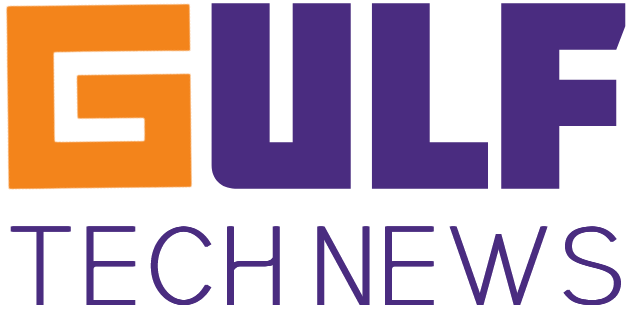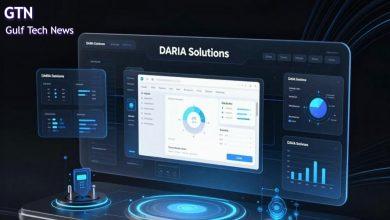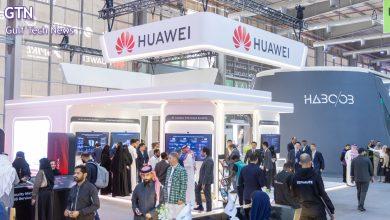Why does public relations remain a human-centric field despite the power of artificial intelligence?

In recent years, artificial intelligence (AI) has reshaped industries worldwide, introducing efficiency and speed across countless fields. Public relations (PR) has not been immune to these changes. AI tools now assist in audience analysis, message drafting, and campaign measurement.
Yet, despite its capabilities, PR remains a profoundly human discipline. It is not merely about algorithms or automated outputs but about strategy, empathy, and the art of meaningful connection. PR thrives on a deep understanding of audiences, carefully crafted messaging, and the ability to interpret what lies beneath the data.
Here are 8 areas where the human element in PR cannot be replaced by AI:
1. Understanding Social and Cultural Contexts
AI can analyze text and detect sentiment, but it lacks awareness of the deeper cultural, religious, or political contexts shaping those sentiments. For instance, an angry comment online might be flagged as “negative sentiment,” yet only a skilled practitioner can recognize the underlying cultural sensitivities that drive it.
2. Crisis Management and the Human Voice
During crises, audiences expect authenticity, empathy, and reassurance. While AI can generate a polished statement in seconds, it cannot convey warmth, compassion, or solidarity. PR professionals act as strategic advisors, shaping responses that reduce harm and restore trust, which no algorithm can replicate.
3. Timing and Tone
AI excels at predicting when posts will maximize engagement. However, it cannot weigh the moral or social implications of timing. A message sent during a sensitive moment or with the wrong tone can escalate into a full-blown crisis. Human oversight ensures that communication aligns with values, context, and empathy.
4. Human Interaction and Trust
The relationship between an organization and its stakeholders resembles a friendship built on trust and authenticity. Automated responses may resolve issues quickly, but they often feel cold and transactional. Genuine human engagement fosters loyalty and long-term commitment.
5. Storytelling and Human Experience
AI can write ads or summarize articles, but it cannot tell stories rooted in lived experience. It cannot feel a customer’s anxiety, a community’s struggles, or a fan’s excitement. PR professionals bring narratives to life with authenticity and emotion, qualities that data-driven text cannot capture.
6. Professional Intuition and Trend Anticipation
Data reveals patterns, but it does not always capture subtle shifts in public mood. Experienced PR specialists rely on professional intuition, sharpened by years of practice, to anticipate risks and opportunities before they appear in the data. Intuition complements analytics rather than replacing it.
7. Reputation as a Living Entity
An organization’s reputation is not a set of numbers; it is a living perception built over time. While AI can monitor mentions and trends, it cannot rebuild trust after a crisis or nurture reputation as a living asset. Reputation management requires patience, credibility, and human care.
8. Cultural Nuance and Ethical Responsibility
What may be harmless humor in one culture could be offensive in another. AI lacks an ethical compass; it does not distinguish between respectful messaging and content that undermines values or alienates communities. PR professionals are accountable for representing institutional values honestly and ethically.
Case Study: AI in Crisis Simulation
In a regional campaign for a Saudi brand, W7Worldwide Marketing Communications Consultancy Agency conducted a crisis simulation exercise using AI tools. The simulation identified 12 possible crisis scenarios, from supply chain delays to negative social media reactions.
This proactive use of AI cut response times in half and helped the team prepare talking points for each potential crisis. The outcome was enhanced client confidence. The key lesson is that AI is not a replacement for human judgment, but a tool that strengthens it.
Final Thoughts: PR will always be a human-driven field, rooted in intuition, empathy, and trust-building. AI is a powerful ally, enhancing efficiency and sharpening insights, but it cannot replace the essence of human communication.
The future of public relations lies in balance: blending the precision of technology with the depth of human expertise to create communication that is not only effective but also authentic and enduring.



